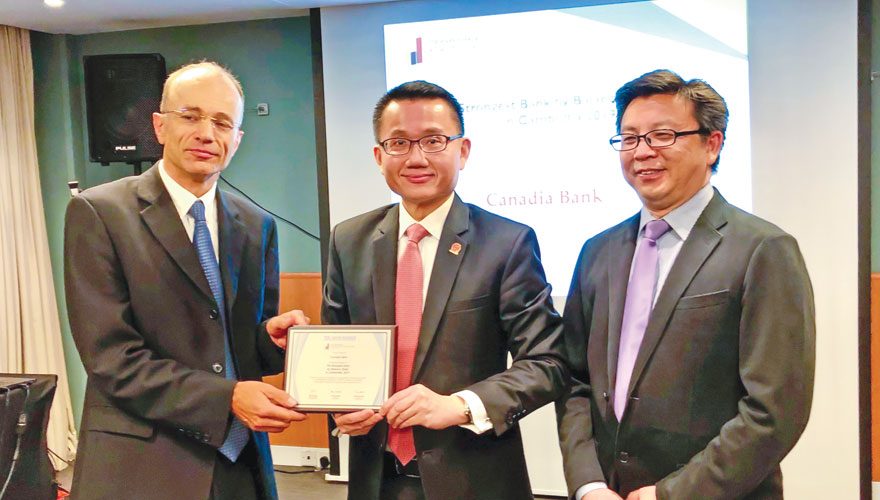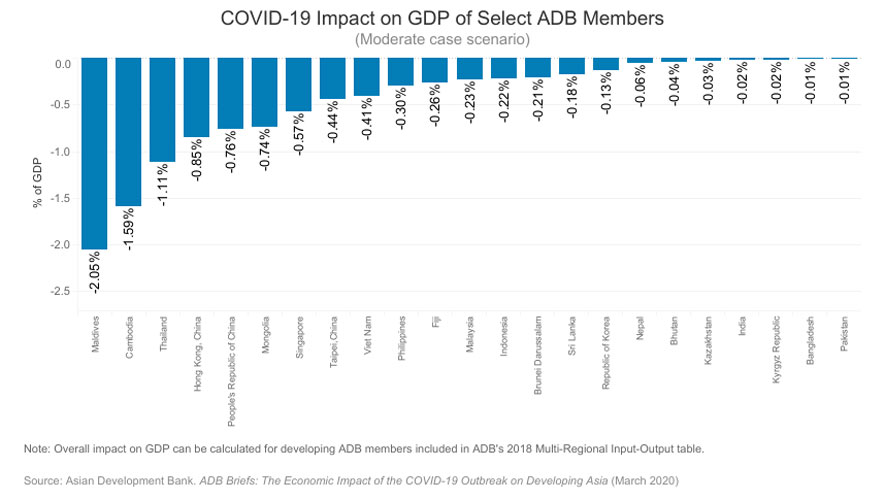More mergers and acquisitions expected in Asia-Pacific region
For the latest Cambodian Business news, visit Khmer Times Business
Canadia Bank has been officially recognised as having the strongest balance sheet in Cambodia after an inspection of financial institutions in the Asia-Pacific, Middle East, and Africa region.
The news was released in a report on possible mergers and acquisitions as well as on issues that will affect regional banks by the Asian Banker Strongest Banks by Balance Sheet.
The report is considered to be the most comprehensive evaluation on banks in the region.
The annual evaluation takes into account the quality and sustainability of balance sheets of banks in the specified area. The banks are looked at closely on six areas of balance sheet financial performance. They are the ability to scale, balance sheet growth, risk profile, profitability, asset quality and liquidity.
Canadia Bank scored 3.56 out of five, making it the strongest bank in the country. According to the report, the bank’s strong performance in the areas of profitability and liquidity resulted in a strong balance sheet growth.
The Industrial and Commercial Bank of China continues to remain the largest bank in the region and, along with other Chinese banks, continues to dominate the list with a representation of 163 banks. Hong Kong follows close behindare trailing behind their Chinese counterparts because of their increased investment in technology. This in return enhanced the weighted average cost to income ratio of Hong Kong banks to 37.5 percent.
However, they fared better in the 2018 report in terms of overall asset quality, with the average gross non-performing loan (NPL) ratio stabilising at 0.52 percent and the provision coverage ratio increasing to 127 percent from 106 percent in the prior year.
There was a significant drop in the number of Japanese banks recorded from 99 in the previous year’s evaluation to 92 this year. The report attributes this to regional bank mergers that took place.
Asset quality remains crucial
Asia Pacific’s banking sector saw some improvements in terms of asset quality, following efforts to tackle bad loans. The gross nonperforming loans ratio averaged at 1.6 percent in 2018 for Asian Banker 500 banks, down from 1.7 percent in the year before while the provision coverage ratio was higher at 158 percent from 144 percent the year before.
Indian banks ranked in the list on the other hand, managed to lower gross nonperforming asset (NPA) ratios to 9.5% in the financial year ending March 31, 2019, from 11.4% a year earlier, while increasing average provision coverage ratio from 52% to 61%. This can be attributed to the lower formation of new bad loans and higher recoveries and resolutions from large stressed assets under the Insolvency and Bankruptcy Code.
Nevertheless, their average NPA ratio was still higher than 9.1 percent in the financial year ending March 31, 2017.
Banks in Asia-Pacific registered an average asset growth of 5.6 percent compared with 6 percent in the year before. Players in places such as Bangladesh, Cambodia, Indonesia, Macau, the Phillipines, Sri Lanka and Vietnam managed to record a noticeable increase in assets of more than 10 percent whereas asset growth in Australia and Japan were below 3 percent.
Loans were also deemed to grow faster than deposits in most markets, with the average loan-to-deposit ratio in the region increased to 77.2 percent.
Average credit growth for banks in the region contracted to 8.9 percent this year from 10.4 percent previously, mainly driven by moderate credit growth by players in the Hong Kong, Japan and Vietnam markets.
The evaluation report also attributes the drop in average bank lending growth in Hong Kong which fell from 15.4 percent in 2017 to 6.1 percent last year to the lingering US-China trade tensions and subdued loan demand from Mainland China.
Rise in mergers, acquisitions
The Asian Banker report expects more bank mergers to take places in other Asia-Pacific markets such as India, Indonesia, and Thailand in order to boost operational efficiencies and scale. In Thailand, TMB Bank and Thanachart banks will merge to better compete with larger regional rivals amid government efforts to encourage domestic mergers.
Indonesia on the other hand plans to ease bank merger rules to speed up banking consolidation to strengthen the national banking sector.
Moving forward, most Asia Pacific banking systems are expected to remain safe and sound while capitalisation, funding and liquidity are expected to be relatively stable across most markets.
However, the most challenging issues for banks are to maintain steady balance sheet growth and stable profitability and asset quality amid uncertainty.




